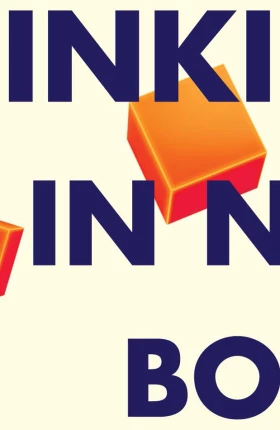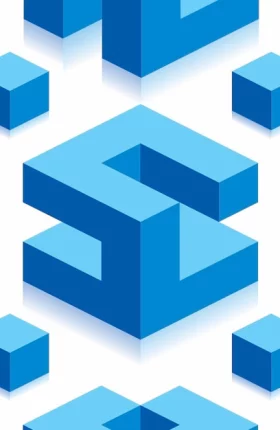Seeking new insights into who your markets and customers are, what they really want, and how best to reach and engage them requires thinking in new boxes . A “box,” in our definition, is a belief, concept, working hypothesis, or other mental model you use to interpret the world in front of you. True creativity requires you and your company to constantly doubt your current boxes and eventually replace them with new ones. In an ever-changing environment, no idea is good forever.
The brain’s hardwiring will tend to lead you and your organization to hold on to tired assumptions and constraints. You’re likely to be seduced by a natural bias toward ideas that confirm, rather than contradict, your current way of seeing things.
Henry Ford famously failed to heed even obvious market signals (and insistent colleagues) suggesting that customers were evolving to want different styles and colors after the phenomenal success of his simple all-black Model T. In the 1970s and 1980s, executives at Hindustan Lever Limited assumed that customers for laundry detergent in India were primarily affluent individuals willing to pay for Surf; they didn’t notice that Nirma, a low-cost competitor, appealed to a growing segment of lower-income customers who hadn’t used any detergent before.
As you seek to understand your organization’s customers and market, stay open to multiple interpretations of the data you collect. There are different plausible segmentations of any customer group, many legitimate ways to break down the market, and multiple ways of perceiving the underlying desires of your customers.
Consider listing and then challenging your most fundamental beliefs about your customers and markets. Who do you currently think of as your most loyal customers? Ask bold questions that take you and your colleagues outside of your comfort zone. If you are one of the world’s largest designers and retailers of lingerie, what if 10 years from now, 95 percent of your customers were men? If you lead the world’s most popular online search engine—think Google—what if, just 10 years from now, most of your customers were looking to you instead for driverless cars?
The first step to practical creativity is challenging some of your existing boxes. If you manage this, then you can arrive at a very successful new box simply by changing the way you think about your customers, your competitors, or your own company.
This commentary was originally published in The Economist Group’s Lean back marketing blog.







